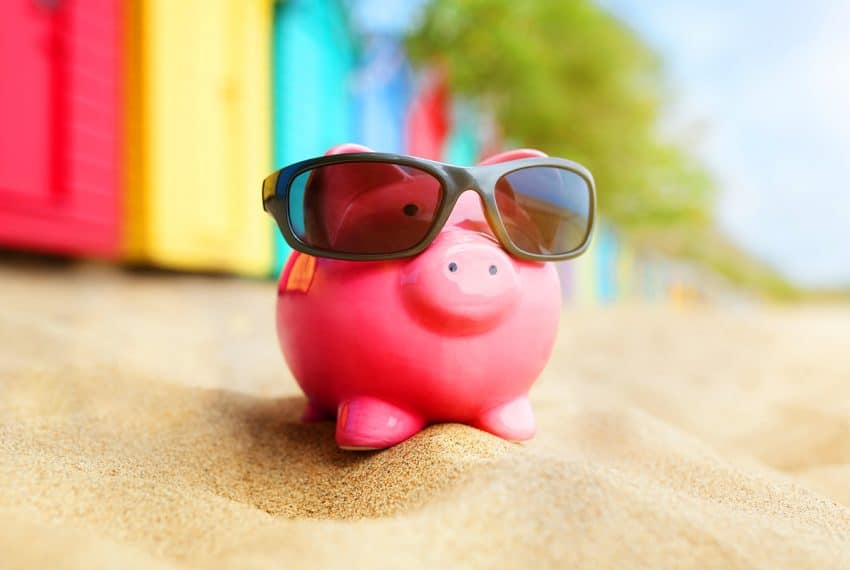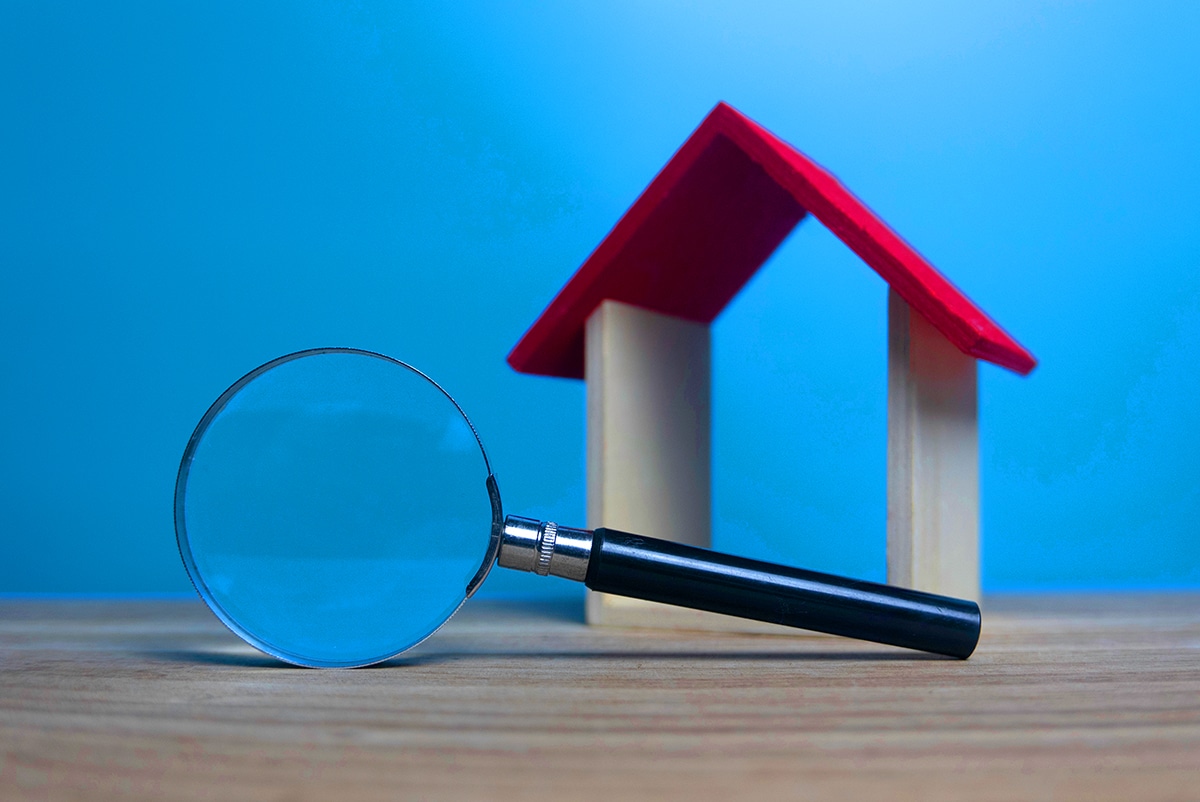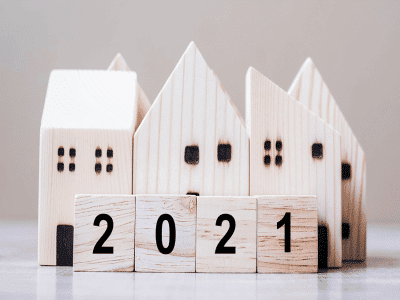
One of the best ways to add wealth to your portfolio is through buy-to-let real estate in Spain. Not only can you tap into gains from capital appreciation as the property increases in value over the years, but you can also make money while you own it. But to achieve a viable and profitable income, you need to know how to calculate the ROI on your Spanish property investment.
Plus, you need to know what sort of real estate to buy. Only the right properties in the right location will offer you a good return on investment (ROI). In this article, we examine the factors that influence the rental return on a property and then explain how to calculate it.
Looking for detailed local information? Check out our area guides covering every corner of the western Costa del Sol.
First things first
But before you get the calculator out, first the considerations. They include the property itself, the type of rental you envisage for your buy-to-let and last but definitely not least, the local market.
The local market
Before you start looking at potential buy-to-let properties, do some research on demand for rentals in your chosen area. If you’re planning to go for holiday lets, find out what occupancy rate you can expect in a year. More than 35 weeks is unusual on the Costa del Sol and, of course, never guaranteed.
If you want to offer a long-term rental, research local demand by gauging the job market – the more dynamic, the more potential tenants.
Need to know: what’s a good rental return? Obviously, the higher the better but investors consider anything in the range of 5 to 10% acceptable. According to Idealista, the average return in Spain in 2020 was 7.5%, slightly higher than in 2019.
Best buy-to-let property
Myriad factors come into play here such as:
- Size – different sized properties will suit a different tenant demographic. If you’re planning to holiday let to families, for example, then you’ll need at least three bedrooms.
- Age – older homes may have maintenance issues and need refurbishment, costing you more money. On the other hand, new-build properties on the Costa del Sol, for instance, require little or nothing done to them.
- Outside space – a terrace or patio in a Spanish property will add to its appeal, but homes with exterior spaces cost more and the extra may not make you more ROI.
Need to know: if you go for short-term (holiday) lets and do the management yourself, don’t forget to factor your time into the operating costs to get an accurate idea of your ROI.
Type of rental
Spanish property investment typically has two buy-to-let choices – long-term, i.e. at least a year at a time or short-term i.e. holiday lets.
Want the low-down on the market for Spanish property investment? Contact me today
Factors to bear in mind to Calculate the ROI on your Spanish Property
Successful buy-to-let investment is all about the Math’s and you’ll need figures (precise numbers not ballpark estimates) for all the following:
Property – its value, purchase price, the cost of repairs, its size and number of bedrooms.
Mortgage – the loan amount, set up costs and interest rate.
Income – how much you can expect to earn per week for holiday lets and per month for long-term rentals.
Expenses – divide these into monthly (maintenance repairs, utility fees (if applicable) and community charges if your Spanish property investment includes communal amenities) and annual (property taxes such as IBI in Spain and insurance).
Be aware of Taxes and Fees – In addition to the purchase price, you need to factor in fees and taxes. These are expensive in Spain, and you should expect to pay between 10 and 13% of the purchase price.
They include:
- Transfer Tax– (known as Impuesto de Transmisiones Patrimoniales in Spanish (IPT) – you pay this on resale properties on a sliding scale based on the price. On the Costa del Sol, it ranges from 8% on properties priced at €400,000 or less; at 9% on properties priced between €400,000 and €700,000; and at 10% on properties priced over €700,000.
- VAT– (Impuesto de Valor Añadido in Spanish (IVA)) – if you’re buying a new home on the Costa del Sol, you pay VAT instead of transfer tax. VAT is levied at a flat rate of 10%.
- Stamp Duty– (Actos Jurídicos Documentados in Spanish (AJD)) – this tax is levied on new properties only and paid in addition to VAT. On the Costa del Sol, stamp duty is 1.5% of the purchase price.
- Notary and registry expenses– Unless your purchase contract states, otherwise, it’s standard practice for the buyer to pay notary and registry costs. These vary depending on the price of the property and complexity of the title deeds, it is usually around 1.5% of the purchase price.
- Legal Fees– Lawyers on the Costa del Sol generally charge between 0.5 and 1% of the purchase price for their services.
Need to know: Andalusia’s local government has slashed Spanish Property Tax to kick start economic growth. To stimulate the local economy and boost homes sales, the regional government has taken decisive action to reduce the ITP (property transfer Tax) and AJD (stamp duty) until December 31st, 2021.
The figures you need to know to Calculate the ROI on your Spanish Property
They include:
- Net operating income (NOI)– this figure shows profitability, and you calculate it by taking your gross income and subtracting the operating expenses.
- Capitalization rate– the cap rate shows your ROI rate and you calculate it by dividing your NOI by the price you paid for the property.
- Annual cash flow– a useful figure because it shows your profit or loss annually once you’ve paid for all expenses including the mortgage. You calculate this figure by subtracting debt from the net operating income.
- Annual gross rent multiplier (GRM)– a good figure to start with because it measures the value of your Spanish property investment in buy-to-let terms. You simply divide the total sales price by the gross annual rent.
Need to know: calculating the ROI on your Spanish property investment is much easier with a calculator such as this one.
Get the help you need
As we’ve seen in this article, your first step to successful buy-to-let Spanish property investment is market knowledge and the right property. At The Property Agent, we specialise in both – get in touch to find how we can help you.







